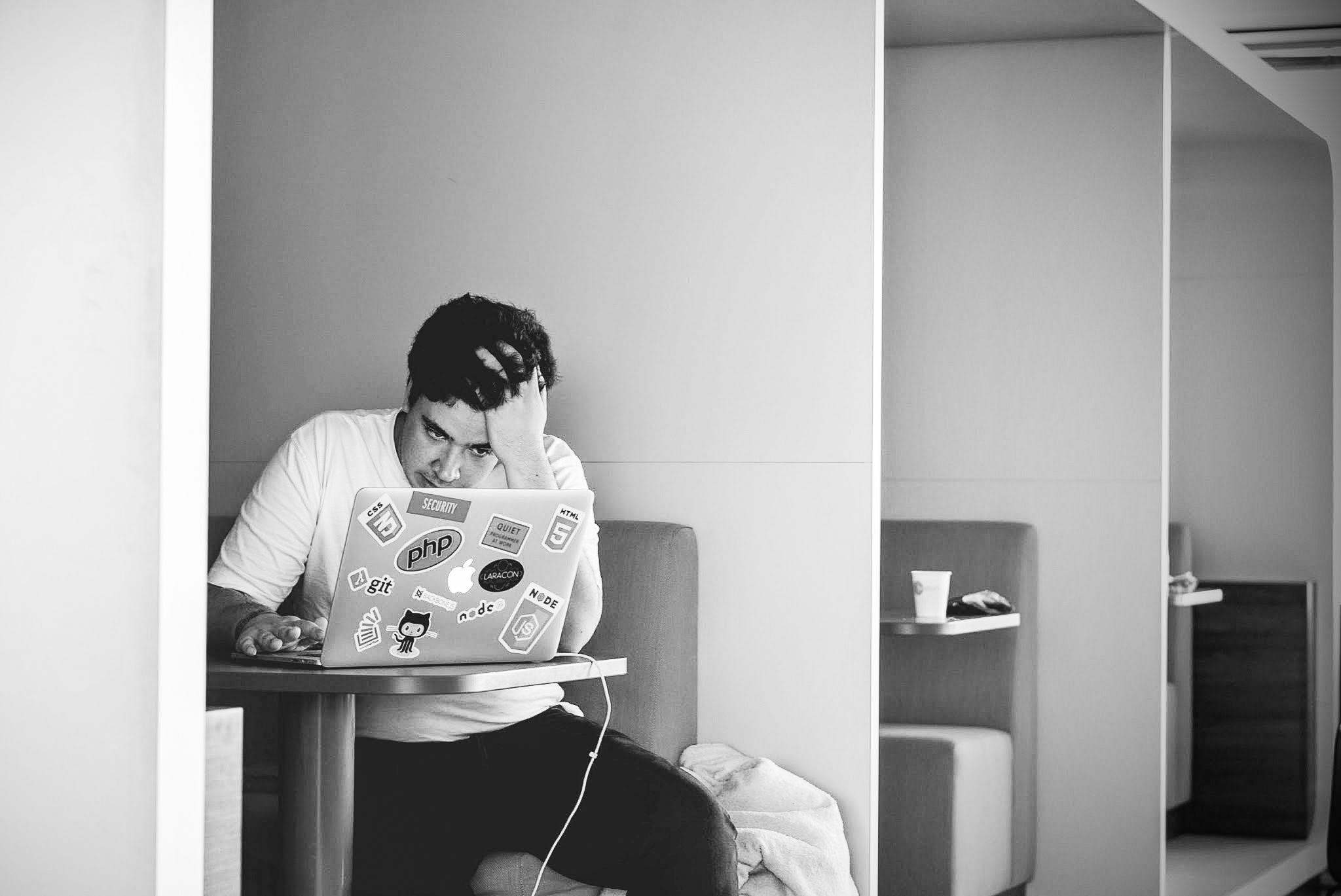How to lead when everyone’s shattered
Why the light of the vaccine has a dark side for you and your teams… and what you can do about it?

Insurance companies know that over 50% of crashes occur within 5 miles of your house. Around a third of these are in the last mile.
The demand of the journey and the illusion of familiarity means that when the end is in sight, danger increases.
Make no mistake, in the last mile… increased awareness and explicit action is absolutely critical to making it home safe.
We’ve had nearly 12 months of this god-awful pandemic. Leaders and their teams are tired. Or as we’d say this end of the M62 – “f***ing shattered”.
We’d be forgiven for somewhat switching off, because we’re both depleted AND the vaccine has given us some kind of “end in sight”.
However, a searing article for Harvard Business Review would have leaders think again about how to lead at this particular moment; when a vaccine is here, hope is on the horizon yet everyone’s absolutely shattered.
The whole article is worth a scan, but it’s long… and what should it mean practically for leaders particularly in the creative and tech sector. Let’s have a think.

The Problem
In all sectors, staff disengagement, stress, complete burnout and sickness are on the rise.
It’s not just the healthcare system that is understaffed in large part because of folk being absent through non-Covid illness. HR teams and managers across banking, service industries, tech, creative and all quarters of public and third sectors are having to manage significant swathes of their workforce being out or significantly less productive than a year ago.
And we all get it. Of course we do.
The mental, physical and emotional impact of the most significant societal event of our lifetime has many labels: “Pandemic fatigue, work/life blur, corona-coaster, mental fog” are some of the words that people use to describe having to balance home-schooling and full-time work. Of having to navigating constant and seeming life-threatening uncertainty, whilst robbed of all of the normal support mechanisms.
What’s worse, it’s been a long grind.
The same old messages of “now is the time to be extra careful” and “we’ll get through this together” all sound hollow. So folk are understandably tuning out and hunkering down.
Our reaction to the second wave needs to take account of it being fundamentally different to the first. The vaccine is tantalising but its roll out and impact is going to be painfully slow. As the author puts it:
“Even though the vaccine shines a light at the end of the tunnel, the home stretch will be long and perhaps take a greater toll on our professional and personal lives than we expect it to.
To move through the second wave successfully, leaders need to re-examine their personal resilience and that of their team members.”

The Possibility
So “How can we lead when the whole world is tired?”
The spring and summer of 2020 saw people and organisations cope through a mix of with adrenaline, cortisol and goodwill. A focused, togetherness-spirit rose in the face of a new challenge that we were going to join forces in overcoming.
The second wave isn’t exciting at all. It’s just drudge without the urgency. Layer on top of that the disappointment and disillusionment of the chaos we’ve seen from government (e.g. flip-flopping on schools, confusion about what is allowed and what isn’t, perceived hypocrisy in following guidance) and we see a very real problem for leaders present itself… How do we find in ourselves and help our people discover the mental strength to make the last mile?

Two big ideas to implements
-
Find fresh ways to make meaningful energy.
No-one wants another zoom quiz or virtual happy hour.
But the basics of connection, support and engagement remain key. Leaders need to take a deep breath and draw on their creativity to find fresh approaches to energise and equip their teams. A few approaches we’re seeing are
- Harvesting ideas – Setting up cross functional teams drawn from different levels of the business to brainstorm creative ideas to help colleagues through
- Going analogue – As much as Teams / Zoom / Video and Whatsapp are all part of our every day – a physical object, letter or card sent to the house sends a message that lands with more power than another collection of pixels to process.
- Relentless chunking – breaking down projects into progressively smaller wins and setting 1-1 assignments with scheduled playbacks to a designated group gives people short term motivation and places them in virtuous (as opposed to viscious) cycle of having short-term fulfilment that feeds the longer term slog.
- Support triangles – 1-1s can be too pressured / intimate sometimes. Putting people into newly formed triads of colleagues with a bit of structure for creating supportive conversations can breathe fresh life into helping people stay connected.
ASSIGNMENT: What can you do to find fresh ways to energise your troops?
-
Find the balance of Compassion and Containment.
When you were a kid and you fell off your bike grazing your knee, imagine how your mum would react vs your grandad?
It’s likely that Mum would run over, gather you in her arms, pull you into the house, grab the first aid kit, slather on kisses and Savlon and give you a big long cuddle. Mums are great aren’t they!?
Grandad would probably have sauntered over, picked you up, dusted you off and said gruffly “try again”.
Which approach is right / better? Well, like most things the wisdom is in the middle. And it’s relevant for how we express compassion vs containment.
Compassion is absolutely needed. In the creative sector, we’ve got a strong record of looking after our people. In most settings we’ve developed the skills of support, empathy, flexibility and emotional vulnerability.
However, too much compassion produces learned helplessness in people. The famous psychologist Martin Seligman coined this phrase of learned helplessness in getting us to understand that when we receive “too much compassion we simply stop trying to respond to dangers and passively accept whatever harm befalls us” even when it’s self-inflicted.
Containment therefore is about “stability, setting limits, raising the bar and helping each other snap out of self-pity and moodiness”. Once we lift our people up through genuine compassion, we need to exhibit some strength and help our people move beyond their justified frustration, pain and even paralysis.
One of the most helpful suggestions of the article is to “Turn up the heat and go into fight mode”. Ever good leader knows that the best way to mobilise a team is to identify and attack a common external enemy. Maybe this moment calls for a bit more “edge and collective defiance against the injustice of the virus”.
Right now, it’s not enough to smother people in love or try and point them towards positive and inspirational goals, with the hope of “we’ll get through this soon”. You have to call up in people a fresh sense of “we will not let this bugger get us down”.
Even though it’s cold outside, life is boring and we all want to stay in bed and binge Netflix, we need to help our people find a response that drives them towards action, resilience and performance by framing Covid and surviving this last mile as a battle to fight, rather than a drudge to be endured.
ASSIGNMENT: How can you frame the end-game as a fight to call up fresh reserves? Where should you feel ok about dialling back compassion and upping containment?

Conclusion
To finish off, I’ll just quote from the article itself as the Dr’s words sum it up much better than I could…
“As we enter the last stretch, the greatest challenge for leaders may be to sustain energy in themselves and in their teams. We don’t quite know how long it will take to finish the last mile and we cannot rely on the urgency of the crisis any longer.
Resilience is the most fundamental quality for navigating through chaos. Without resilience we tend to act indecisively or follow directions blindly. If we are not confident that we have the necessary abilities, we risk getting paralyzed or subjected to forces beyond our control. Managing your own mind, deciding to take charge of your destiny and helping others do the same is where you will find mental strength for the last mile.”
Well said.